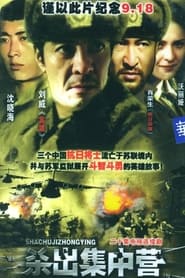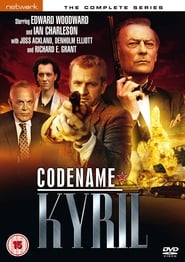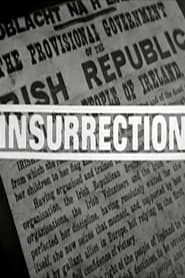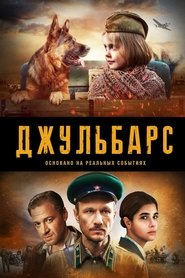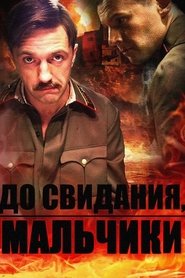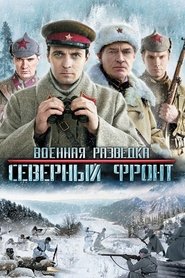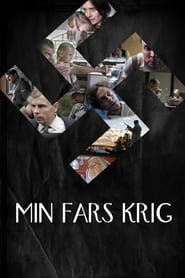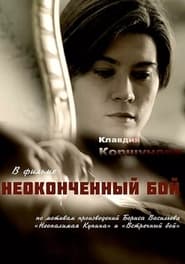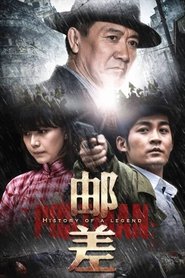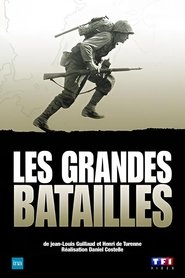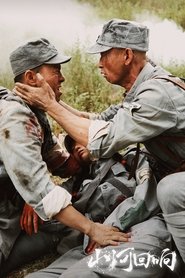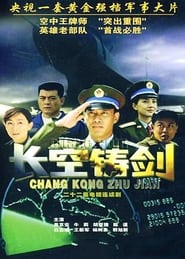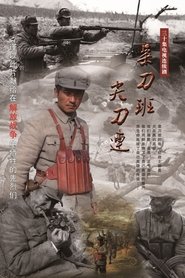War Politics TV Series - Page 95
-
杀出集中营
2004
杀出集中营
2004
-
Codename: Kyril
1988
Codename: Kyril
1988
star 5During the Cold War, a secret operative is dispatched to ferret out a suspected double agent within the KGB. -
Inherit the Winds
0000
Inherit the Winds
0000
The story takes place in the Bakumatsu era in Kyoto. A solider who has lost his memories is aided by the famous Shinsengumi member Sōji Okita. Sōji Okita names this man "Junsuke Tachikawa." Junsuke's life begins anew amidst the Mibu soldiers. -
Insurrection
1966
Insurrection
1966
The events of the Easter Rising, told in the style contemporary news broadcasts and a series of dramatic reconstructions. -
Джульбарс
2020
-
AMIA
2025
AMIA
2025
star 5Diego, a Mossad agent whose sister was killed in the Argentina terrorist attack, takes a leave of absence and hooks up with Gisela, a local journalist to find those responsible. Their journey to uncover the truth draws them into a world of espionage, intelligence agencies and arms dealers. A dubious world in which lies are truths, and justice and revenge become indistinguishable. The journey that the two embark on will eventually lead to a re-examination of their connection with their families and even their concept of self-identity. -
Min fars krig
2020
Min fars krig
2020
-
Sığınak
2023
-
Неоконченный бой
2020
Неоконченный бой
2020
-
Laisvės kaina. Partizanai
2017
The series tells about the three occupations and mass exterminations that took place in the middle of the last century, the Holocaust, the terror, the attempt to physically and spiritually crush Lithuania. -
烈火红岩
2010
烈火红岩
2010
-
History of a Legend
2015
History of a Legend
2015
After his father's assassination by the Japanese, Zhong Liang becomes a revolutionary courier, risking his life to deliver vital information. Despite facing numerous challenges and losses, he remains dedicated to the cause and works alongside fellow agents to fight for the revolution. -
Parola (su una data)
2003
Parola (su una data)
2003
-
Les Grandes Batailles
1966
Les Grandes Batailles is a series of historical television programs by Daniel Costelle, Jean-Louis Guillaud, and Henri de Turenne, broadcast on French television in the 1960s and 1970s, depicting the major battles of World War II, as well as the Nuremberg Trials. The project for the series actually began with an official government commission for a program on the Battle of Verdun in 1966. Ten other programs about World War II followed. The writers and producers of the series were Henri de Turenne and Jean-Louis Guillaud, both journalists. They entrusted the production of the series to the young director Daniel Costelle. -
山河回响
2025
山河回响
2025
A dual timeline follows wartime radio operators risking their lives to transmit warnings in 1939 and modern students using tech to rescue them across time. -
Hunting the Gauletier
2012
star 1In 1941 Minsk is overrun by the Germans and social order is obliterated. Choices must be made - cooperate with the occupying forces or resist? A mini-series about surviving in the most uncertain times. -
长空铸剑
2004
长空铸剑
2004
-
菜刀班尖刀连
2014
菜刀班尖刀连
2014
